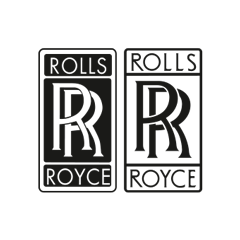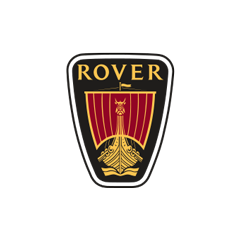Ford introduced the first generation of the Expedition in 1996 to answer a public that demanded more comfortable SUVs.
Since the Bronco was already an aged vehicle, the blue-oval brand needed something else. Instead of introducing a new generation for the iconic model, it created a new lineup: the Expedition. Ford built the vehicle on a new platform shared with the F-150. It was a costly program, but the results worth the effort. In May 1996, Ford introduced the Expedition and became a gamechanger on the market. It finally had something to put against Chevrolet Tahoe.
While it wasn’t a premium vehicle, the Expedition showed a dominant front fascia with a chromed surrounding for the mesh-grill and accompanied by a chromed bumper. Its rounded, horizontal headlights looked more up to date than the squared-looking ones offered by its competitors. As an option, Ford offered lightened running boards and side steps which decreased the ground clearance, but that didn’t matter for those who used the vehicle only on pavement.
Inside, Ford offered the Expedition with an option for a third seat row and captain seat in the second row. With an option for leather upholstery and a premium sound system, it was already a suitable choice for the premium-segment customers.
Ford offered the Expedition with a standard 4.6-liter V-8 engine and a 4-speed automatic transmission. The locking center differential and low-range gear were also fitted as standard. A 5.4-liter V-8 was available at extra cost.

























































